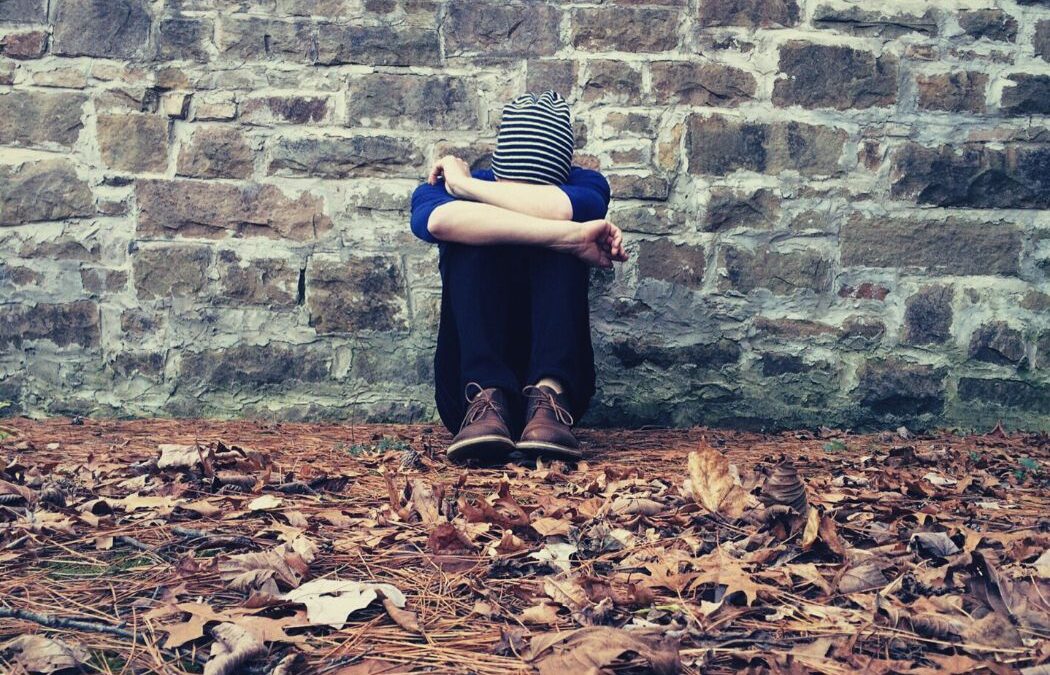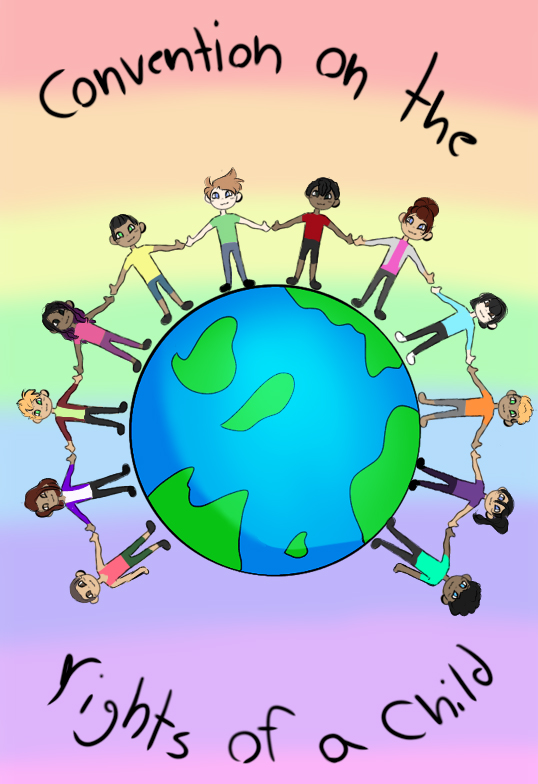Disaster Vulnerability for Children and Youth
In Social Vulnerability to Disasters, Peek describes children as those under the age of 18, making up 24% of the United States population in 2010. American children are more racially and ethnically diverse with 46% falling into the categories of Hispanic/Latino, African American, Asian, Pacific Islander or other. Children are also subject to higher rates of poverty at 22% living below the poverty line and an additional 22% described as “near poor”.
Factors contributing to poverty in children include belonging to a minority group, having parents who are immigrants, living in single-parent homes, and growing up in the southern United States vs the north Poverty also puts children at risk for housing and food insecurity.
Factors That Influence Evacuation
Due to the dependence children have on their parents, research is primarily focused on the household. Although families with children are more likely to evacuate earlier, other factors influence evacuation such as; a need to account for all members of the family, lack of resources to take proactive measures, and separation from children.
Logistics plays a role in that children are often in school, at childcare facilities, or at home alone, increasing vulnerability when warnings are issued. Staff may not be able or willing to participate in evacuating children they are working with if it means no one is able to assist their own children.
Vulnerability Issues
When families with children do evacuate and are welcomed in reception centers, child-friendly space may not be available, lack appropriate supplies, or may not be able to properly support children with special needs. This means more vulnerability factors are added to the equation.
Unsanitary conditions in shelters contribute to vulnerability in the form of increased risk of infection for the very young and medically compromised.
Shelter workers are critical in mitigating for these vulnerabilities by providing access to safe places to play, establishing routines around education by providing tutoring and allowing parents time away from children to deal with adult issues resulting from the disaster.
Evidence for PTSD in Children
There is significant evidence suggesting that as many as 50% of children who experience a disaster, will present with PTSD symptoms. Several variables influence the severity of these symptoms including; age, prior experience, and developmental stage. Those children who experienced significant loss, separation from a parent and intense reactions of parents, are at the greatest risk for psychological distress.
Presentation of symptoms is different in young children vs adolescents with younger children being clingy, incontinent, hyperactive or aggressive. Adolescents are at higher risk for engaging in risky behaviour, anxiety, inability to concentrate and apathy. All children suffer from sleep disruption and anxiety.
Additional Challenges for Displaced Children
Poor, female, minorities are at greater risk than other groups. Physical health implications for children are not well understood in terms of the effects of contaminants on the child’s development and long-term physical wellness (p180). Physical abuse, exploitation and sexual violence following a disaster are also areas of risk for children.
Educational stability and attendance are key factors in supporting resilience. Providing opportunities to express their feelings through art, play and written outlets invites healing in children. However, displaced children face other challenges with regard to transportation, financial burdens and lost records, further complicating their access to education and other supportive professionals. Researchers identified that recovery occurs within about three years of the event, however, more attention is needed in researching the effects of disaster on children, their rates of recovery and factors contributing to vulnerability and resilience.
Sheri H Easterbrook
RESOURCES
Peek, L. (2013). Chapter 7:Age. In Thomas, D.S.K., Phillips, B.D., Lovekamp, W.E., Fothergill, A. (Eds). Social vulnerability to disasters. 2nd ed. (pp 167-198). Boca Raton, FL:CRC Press-Taylor & Francis Group.


